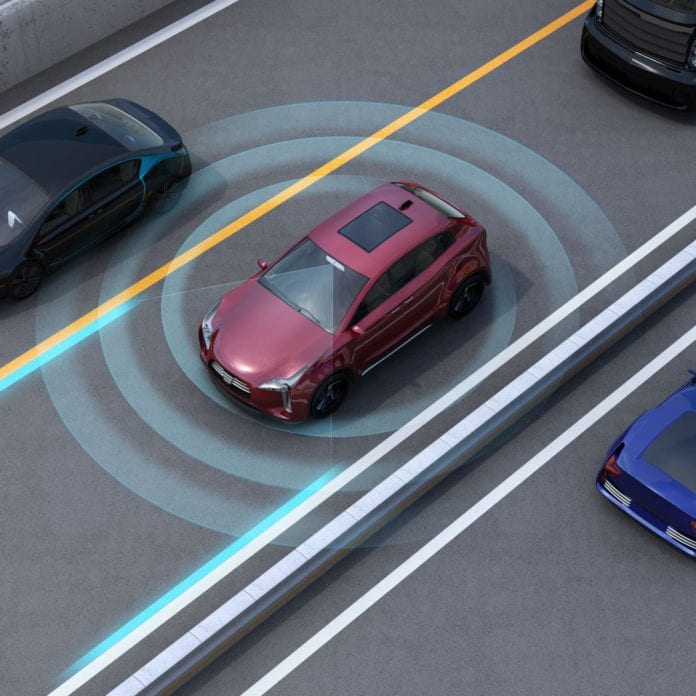Shift to automotive Ethernet means more potential impact from noise.
The radio frequency environment in vehicles is becoming more complicated as technologies from cellular and Bluetooth to lidar, Wi-Fi and more are increasingly integrated to support new intelligent and connected capabilities.
This increase in the RF noise level for vehicles can potentially have an impact on vehicle systems, according to Jeff Warra, business development engineer with test company Spirent Communications‘ automotive segment. Particularly as auto makers move to automotive Ethernet, with unshielded twisted pair wiring for control area network communications within the vehicle, the increase in speed and change to the physical interface can mean that systems are more vulnerable to external or internal noise being induced into vehicle systems. Warra said Spirent has developed a noise generator that is able to produce typical automotive noise – the internal combustion engine, the horn being sounded, windows rolling up and down, as well as intermittent sources such as driving under high-voltage power lines – to check automotive Ethernet implementations and the robustness of the overall vehicle system. The noise generator’s range is up to about 600 MHz, Warra said, and Spirent has a noise injector for use up to 212 MHz – not high-frequency noise or particularly high-power noise, but still a potential source of interference.
This is especially important as wireless systems are being used not just for in-car infotainment, but for safety features such as advanced driver assistance systems.
When Ethernet is being used in the display for navigation and infotainment, Warra said, noise impacts might be limited to screen flickers or freezes – but similar effects could be life-threatening in crash-avoidance or ADAS systems.
“I tell people, if you’re testing and deploying [automotive] Ethernet and you haven’t done noise testing, you are doing your company a disservice,” Warra said. “It’s not if, it’s when and how does your system react and respond to noise, and that is everyone’s issue.”
Even more radio technologies are likely to be added to vehicles. In related news, Spirent announced it is launching what it says is the first conformance test suite for wireless access in vehicular environments – dedicated short-range communications for vehicle-to-vehicle communications. The federal government is considering a mandate that DSRC be implemented in all new light vehicles and provide standardized communications for crash-avoidance support. Spirent said the test suite includes a test set required for U.S. Department of Transportation certification.
Watch an interview with Warra on advances in connected car testing below:
[embedyt] https://www.youtube.com/watch?v=uUeJM72LtYU[/embedyt]
Get more coverage from the Enterprise IoT Summit here, or watch video coverage from the event on the RCR Wireless News YouTube channel.
Image copyright: cheskyw / 123RF Stock Photo

